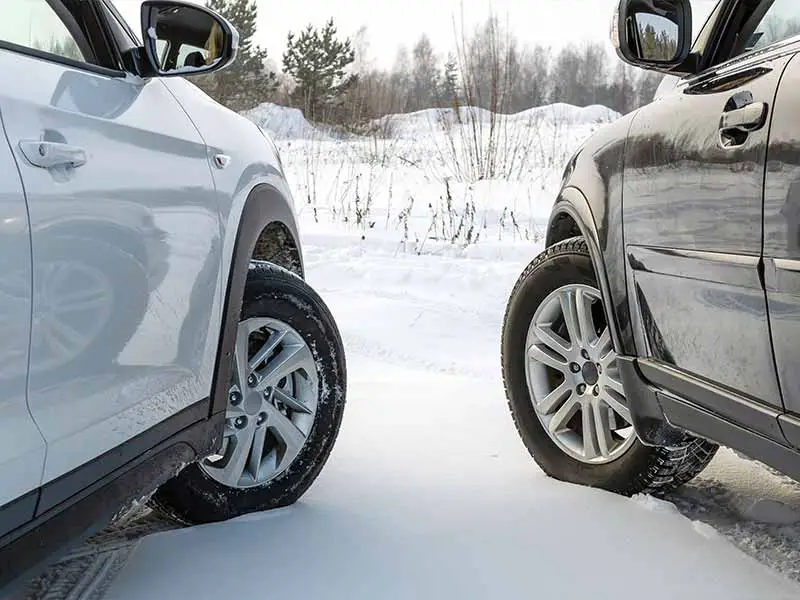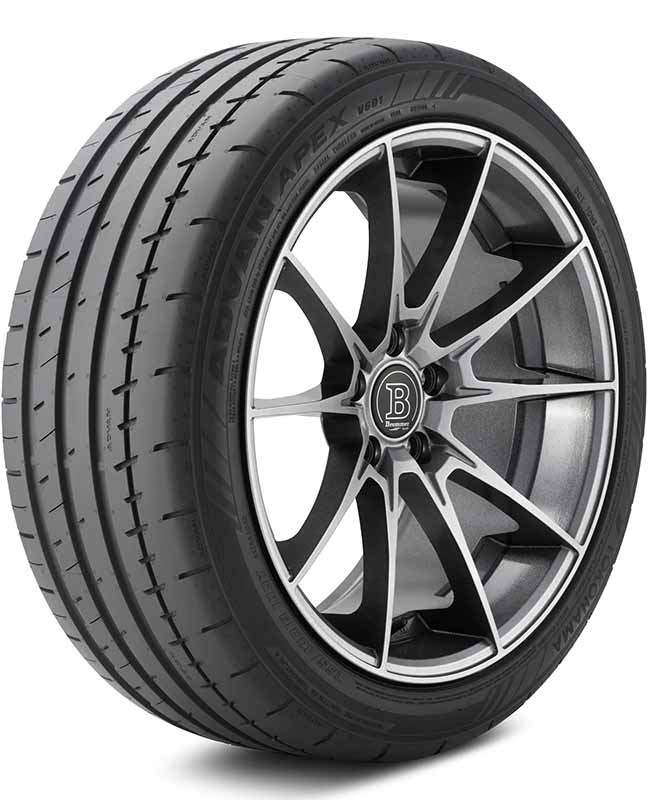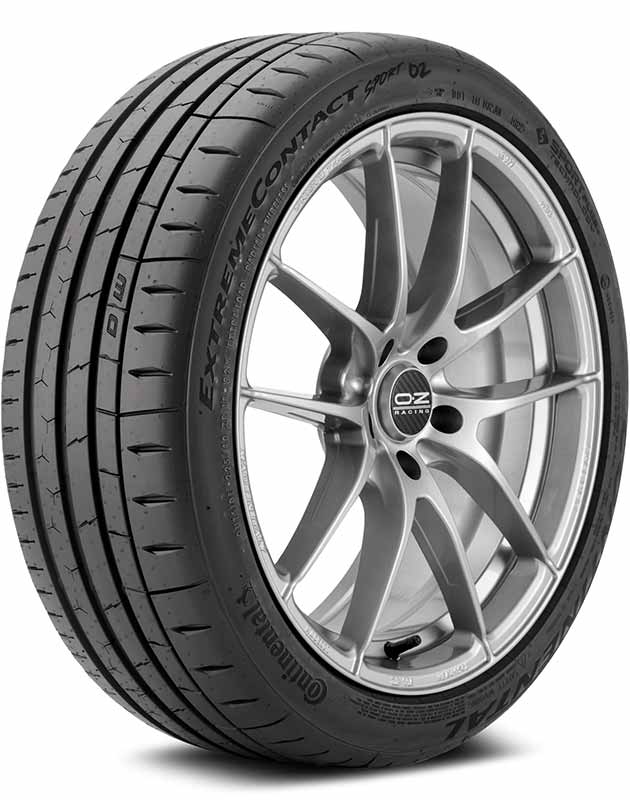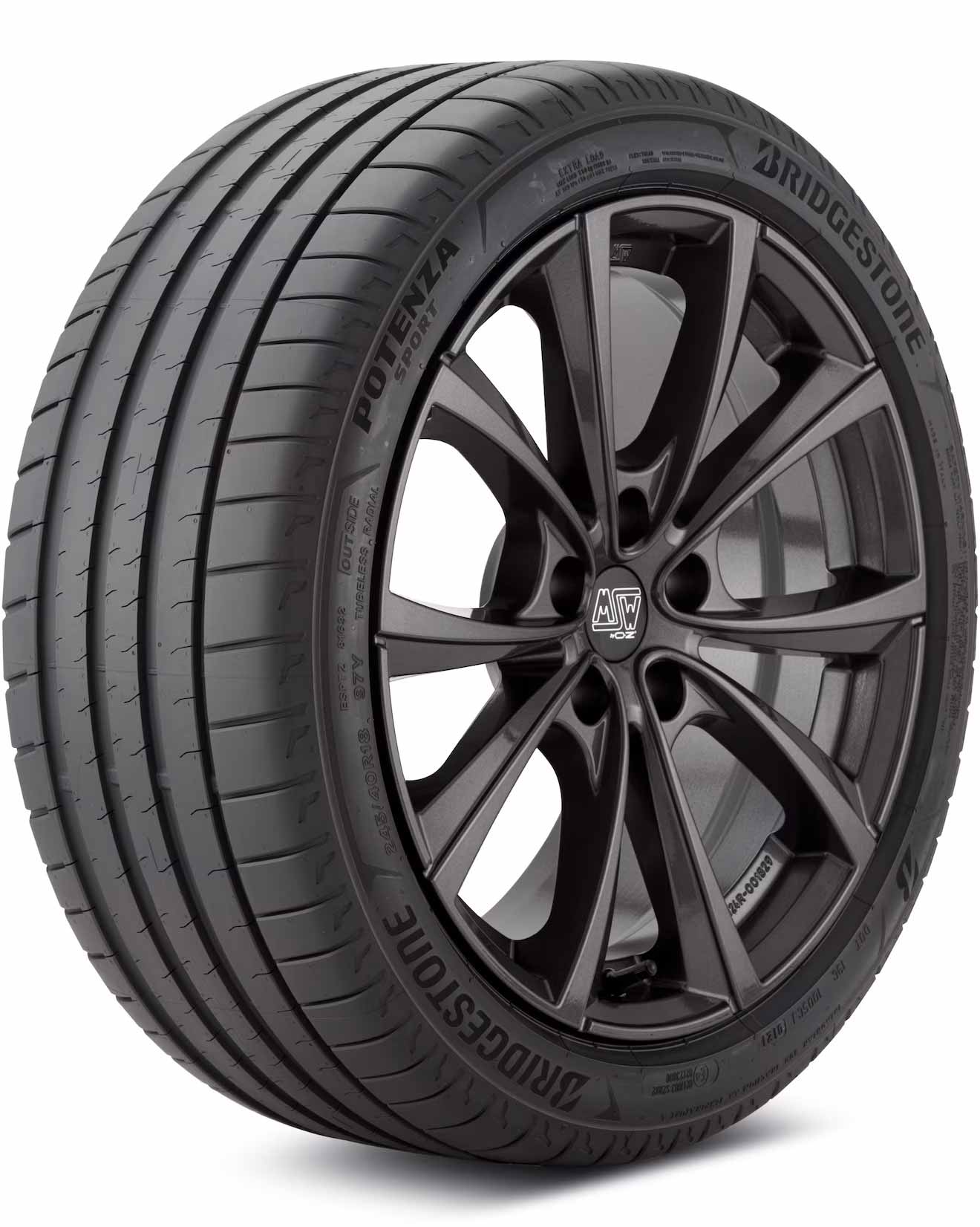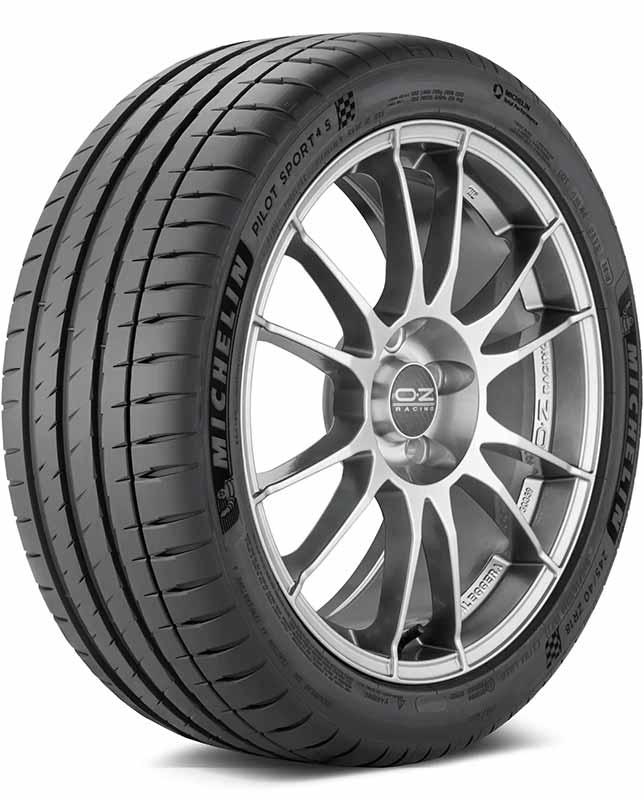Choosing the right tire for your vehicle might seem tricky, especially when deciding between Passenger (P) and Light Truck (LT) tires. Whether you drive to work, go on adventures, or carry heavy stuff with your vehicle, knowing the difference between these two kinds of tires is really important. Making the right choice helps keep you safe and makes sure your vehicle works well on all your journeys, whether you’re on a smooth road or a bumpy one.
Can I Use Passenger Tires On A Light Truck?
Yes, you can use Passenger tires on a light truck, but you need to think about things like how much weight you’ll carry, where you’ll drive, and what your vehicle needs to make sure it’s safe and works well.
LT tires might be tougher and carry heavier stuff but might not give you as smooth and fuel-efficient a ride as Passenger tires.
In this article, we will explore everything about Passenger and Light Truck tires, looking at what makes them different, comparing their features, and seeing how they work in different situations.
We’ll dive into all the details, from understanding their basic differences, looking at how they work in real-life situations, to helping you choose the right tire for your needs and driving style.
Let’s take a closer look.
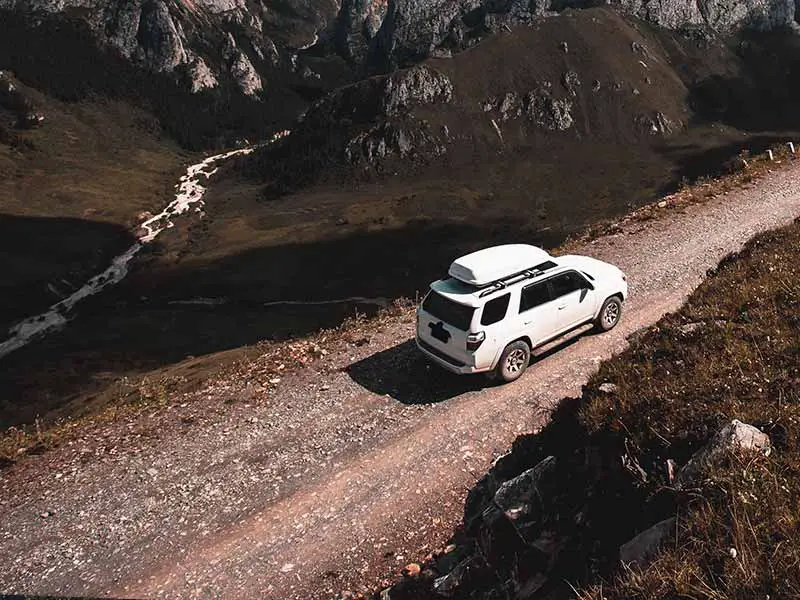
What Are Passenger Tires?
Passenger tires, often marked with a “P” on the sidewall, are designed primarily for vehicles that transport people. These tires are crafted to provide a comfortable ride, good traction, and adequate performance for everyday driving conditions.
- Designed For:
- Cars
- Minivans
- Small SUVs
- Characteristics:
- Comfort: Engineered to offer a smooth and quiet ride.
- Traction: Adequate grip on wet and dry roads.
- Load Capacity: Suitable for the weight of passenger vehicles and their occupants.
- Usage: Ideal for city, highway, and everyday driving conditions.
What Are Light Truck Tires?
Light Truck (LT) tires, identifiable by the “LT” marking on the sidewall, are built to handle heavier loads and more rugged driving conditions. They are typically found on vehicles that are designed to carry heavy cargo or pull trailers.
- Designed For:
- Pickup Trucks
- Larger SUVs
- Vans
- Characteristics:
- Durability: Constructed to handle rough and tough conditions.
- Load Capacity: Capable of carrying heavy loads and pulling trailers.
- Traction: Enhanced grip for various terrains, including off-road conditions.
- Usage: Suitable for hauling, towing, and off-road driving.
Key Differences Between Passenger and Light Truck Tires
Understanding the distinctions between Passenger and Light Truck tires is crucial to ensure safe and optimal vehicle performance. Here are some of the key differences:
Physical and Structural Differences
- Sidewall Strength:
- Passenger Tires: Generally have thinner sidewalls, prioritizing ride comfort.
- LT Tires: Feature reinforced sidewalls to support heavy loads and resist damage from rough terrains.
- Tread Depth:
- Passenger Tires: Tend to have shallower treads to optimize comfort and fuel efficiency.
- LT Tires: Often have deeper treads to provide better traction on various surfaces.
Performance Variations
- Ride Comfort:
- Passenger Tires: Focus on minimizing road noise and providing a smoother ride.
- LT Tires: May offer a stiffer ride due to their robust construction.
- Handling and Stability:
- Passenger Tires: Offer stable and predictable handling for everyday driving.
- LT Tires: Provide additional stability when carrying heavy loads or traversing uneven terrains.
Load Capacity and Durability
- Weight Handling:
- Passenger Tires: Suitable for the vehicle and passenger weight, with limited additional load capacity.
- LT Tires: Designed to handle additional weight from cargo, equipment, or trailers.
- Wear and Tear:
- Passenger Tires: May wear out faster when subjected to heavy loads or rough conditions.
- LT Tires: Built to resist wear and tear from challenging driving conditions and heavy usage.

What Happens When You Use LT Tires on Trucks and Cars
Let’s talk about using Light Truck (LT) tires and what happens when you put them on different kinds of vehicles, like light trucks and regular cars.
Using LT Tires on a 1/2 Ton Truck
- LT Tires:
- They usually work well on 1/2 ton trucks because they can carry heavy stuff and give extra stability.
- They can also handle rough roads and heavy loads without wearing out too fast.
Things to Think About
- How Much Weight You Carry:
- Think about how much stuff you usually carry or if you tow something heavy.
- Make sure the tires can handle the total weight of the truck and everything in or behind it.
- Where You Drive:
- Think about whether you drive off-road or in places where LT tires might be helpful.
- Remember that LT tires might make the ride a bit bumpy when the truck isn’t carrying heavy stuff.
Can You Put LT Tires on a Regular Car?
- LT Tires:
- You can put LT tires on a car, but it might change how it feels to drive.
- The ride might be less comfy and a bit noisier.
What to Check First
- Does It Fit Your Car:
- Make sure the LT tires fit your car’s wheels and don’t touch any part of the car.
- Check the car’s manual to see if it says anything about using LT tires.
- Is It Safe:
- Make sure changing the tires doesn’t make the car less safe or harder to control.
- Make sure the tires work well with the car and keep you safe while driving.
Is It Okay to Mix LT and P Tires?
- Different Tires, Different Wear:
- Using different kinds of tires can make them wear out unevenly and make the vehicle harder to control.
- It can also affect how quickly you can stop and how well you can control the vehicle, especially in emergencies.
When Not to Mix Tires
- Everyday Driving:
- It’s usually best not to mix tire types for normal driving to keep the vehicle safe and working well.
- Try to use the same kind of tires on all wheels to avoid problems with control.
- Bad Weather:
- In rain, snow, or off-road, having mixed tire types can really affect control and safety.
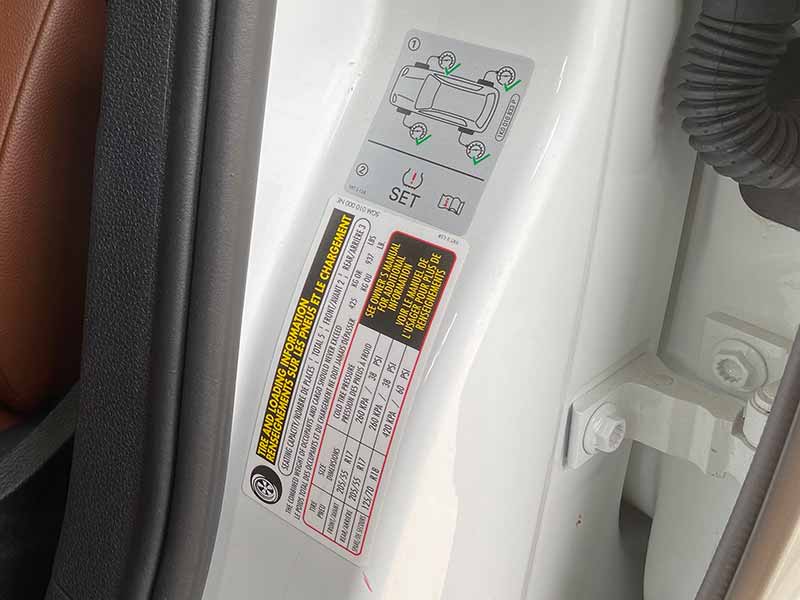
Choosing the Right Tires: What to Think About Before You Switch
Let’s chat about how to pick the right tires for your vehicle, and what you should think about before deciding to change to a different type of tire.
- What the Manual Says:
- Always check your vehicle’s manual to see what kind of tires it recommends.
- Make sure any tire you’re thinking about fits your vehicle and keeps it working well and safe.
- What Kind of Vehicle and How You Use It:
- Think about your vehicle (like, is it a car, an SUV, or a truck?) and how you use it (like for getting to work, going on adventures, or carrying heavy stuff).
- Make sure the tires are good for your vehicle and how you use it.
Where and How You Drive
- Roads and Weather:
- Think about the kinds of roads you drive on and the weather you drive in.
- Make sure the tires work well in those conditions.
- Carrying Heavy Stuff:
- Think about how much stuff you carry or if you tow something.
- Make sure the tires can handle the weight.
Staying Legal
- Safety Rules:
- Make sure the tires follow the safety and legal rules where you live.
- Check that the tires have the right ratings (like for speed and load) to be used legally on your vehicle.
- Checking and Approving:
- Make sure the tires won’t cause your vehicle to fail any checks or inspections.
- Confirm that the tires are okay to use where you live and on your type of vehicle.
Warranty and Insurance
- Keeping Your Warranty:
- Check if changing tire types might affect your vehicle’s warranty or the tire warranty.
- Make sure changing the tires doesn’t break any warranty rules.
- Insurance Stuff:
- Check if changing the tires changes anything about your vehicle insurance.
- Make sure the tires don’t change your insurance coverage or cost.
Safety and How Your Vehicle Works
- Controlling Your Vehicle:
- Think about how the tires will change how your vehicle handles, stops, and turns.
- Make sure the tires keep your vehicle safe and easy to control.
- Correct Tire Size & Fitment:
- Make sure the tires work with your vehicle’s systems, like the tire pressure monitoring system.
- Check that the tires don’t rub against anything on the vehicle.
- Comfort:
- Think about how the tires will change how smooth and quiet your ride is.
- Make sure the tires don’t make your ride too bumpy or noisy.
- Fuel Efficiency:
- Think about if the tires will change how much gas your vehicle uses.
- Choose tires that work with how you want to balance performance and gas use.
Resources
Below are some links you may find helpful when learning about tires
- Truck tires – Passenger tires vs LT tires – Discount Tire
- Light truck tires vs. passenger car tires – Synchrony
Final Thoughts
Choosing between Passenger and Light Truck tires means understanding your vehicle, knowing where and how you drive, and thinking about safety. The main points to remember are understanding the basic differences between P and LT tires, like how they’re built, how they handle on the road, and how much weight they can carry.
Whether you prefer a quiet, smooth ride with Passenger tires or need the tough, heavy-carrying ability of Light Truck tires, your choice should match your driving needs, making sure every mile is safe and reliable. Always stick to the guidelines from the manufacturer, follow the law, and listen to professional advice to make sure you’re always on the right path, no matter where you’re going.
Good luck and happy motoring.
